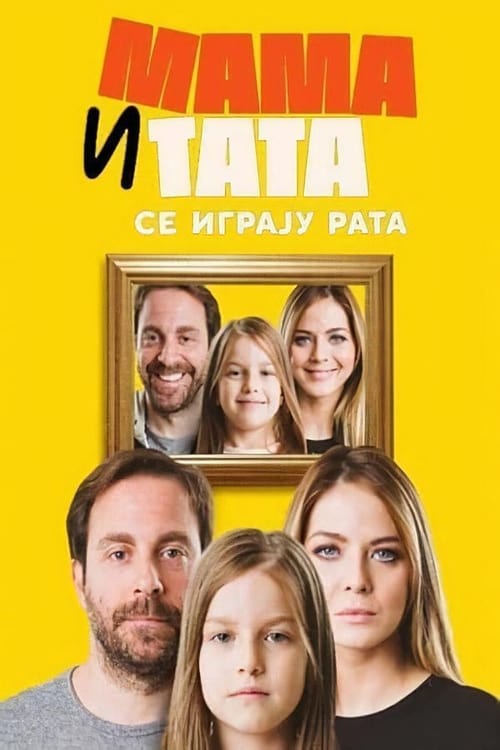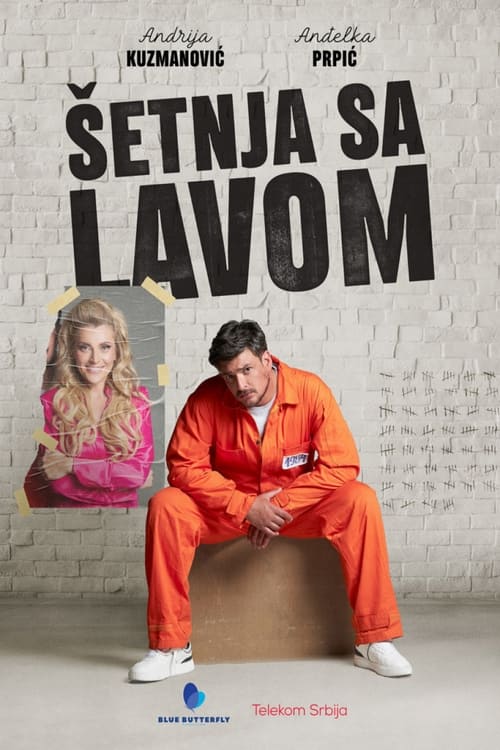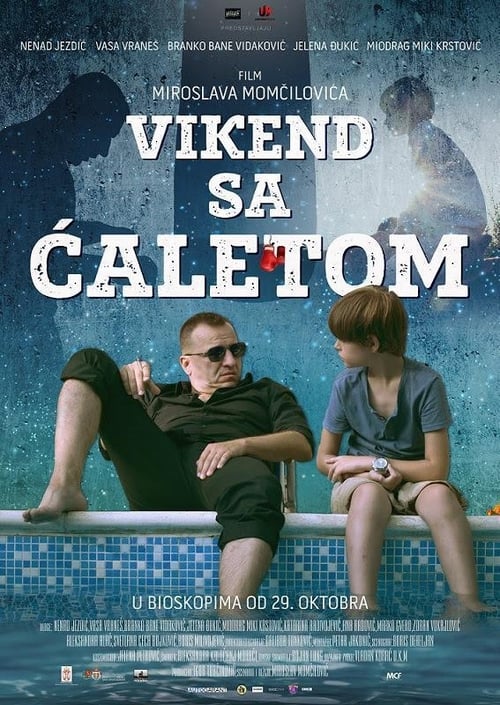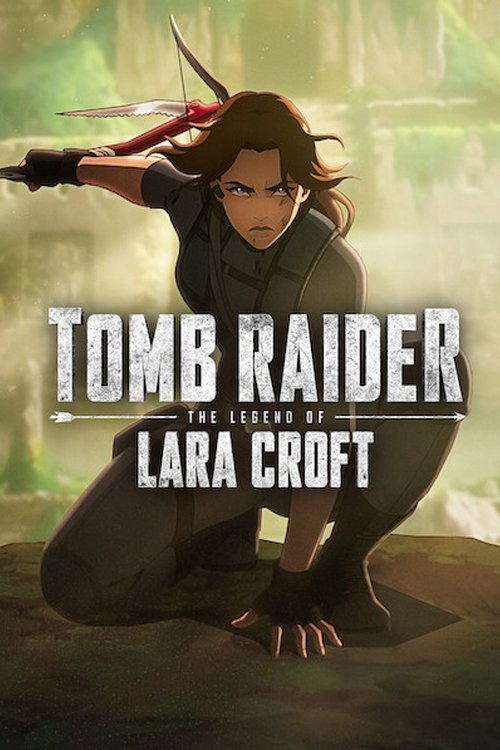
Ask Your Own Question
What is the plot?
What is the ending?
Is there a post-credit scene?
What is the significance of the enchanted forest in the story?
The enchanted forest serves as a central setting in 'Once Upon a Time in Serbia,' symbolizing both danger and refuge. It is where many characters confront their pasts and face their fears. The forest is filled with magical creatures and hidden secrets that drive the plot forward, particularly in episodes where characters must navigate its treacherous paths to find lost loved ones or recover stolen artifacts.
How does the character of Milica evolve throughout the season?
Milica begins as a timid and uncertain young woman, struggling with her identity and the expectations placed upon her by her family. As the season progresses, she embarks on a journey of self-discovery, fueled by her encounters with magical beings and her determination to save her brother. Her emotional growth is marked by moments of bravery, particularly when she stands up to the antagonist, revealing her inner strength and resilience.
What role does the antagonist, the Dark Sorcerer, play in the characters' lives?
The Dark Sorcerer is a pivotal figure in the series, representing the embodiment of fear and manipulation. His actions directly impact the lives of the main characters, particularly Milica and her brother, as he seeks to harness their unique powers for his own gain. His presence creates a sense of urgency and danger, pushing the protagonists to unite and confront their own weaknesses, ultimately leading to climactic confrontations that test their resolve.
What is the relationship between Milica and her brother, Luka, and how does it drive the plot?
Milica and Luka share a deep bond that is central to the narrative. Their relationship is characterized by love, loyalty, and a shared history of hardship. When Luka is captured by the Dark Sorcerer, Milica's determination to rescue him becomes the driving force of the plot. Their interactions reveal their vulnerabilities and strengths, showcasing how familial ties can motivate individuals to confront their fears and fight against overwhelming odds.
How do the magical artifacts influence the characters' journeys?
Magical artifacts play a crucial role in 'Once Upon a Time in Serbia,' serving as catalysts for character development and plot progression. Each artifact possesses unique powers that reflect the inner desires and fears of the characters who seek them. For instance, the Mirror of Truth forces characters to confront their deepest insecurities, while the Amulet of Courage empowers them to face their challenges. The quest for these artifacts intertwines the fates of the characters, leading to moments of revelation and transformation.
Is this family friendly?
"Once Upon a Time in Serbia" is a fantasy drama that explores themes of family, loyalty, and the struggle between good and evil. While it contains many enchanting elements, there are several aspects that may be considered objectionable or upsetting for children or sensitive viewers.
-
Violence: The show includes scenes of conflict and battles that may depict physical confrontations, which could be intense for younger audiences.
-
Dark Themes: The narrative delves into darker aspects of human nature, including betrayal and moral dilemmas, which may be unsettling for some viewers.
-
Emotional Turmoil: Characters experience significant emotional distress, including loss and heartbreak, which could resonate deeply and evoke strong feelings.
-
Supernatural Elements: The presence of magical creatures and curses may be frightening for younger children or those sensitive to horror themes.
-
Mature Relationships: There are complex relationships and romantic tensions that may not be suitable for younger viewers, as they explore themes of love and sacrifice.
Overall, while the show is rich in storytelling and character development, parents may want to consider these elements when determining its suitability for children or sensitive individuals.


















